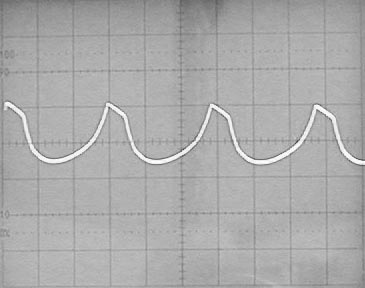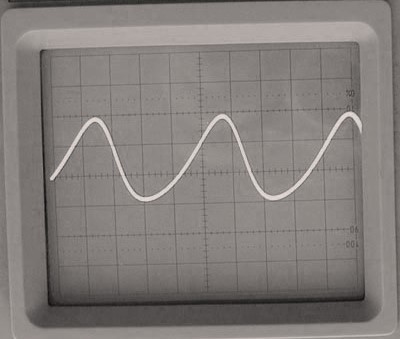(Sorry if there is already a thread about this and I didn't see it)
It has long been noticed that the sound coming after the mixer of two high-frequency generators of the theremin almost cannot be changed by the usual means of timbre formation.
Both passive RC timbre-forming chains and T-filters on operational amplifiers.
If you apply sound to these filters from a conventional sound generator, then timbre formation works predictably, logically, correctly, and efficiently. And the sound of the theremin is not.
What is the reason? Help me understand, please.
There are many high-frequency components in the theremin signal, which probably are not completely filtered out by one capacitor to ground, or to plus. And is this the reason?
It is necessary to convert the theremin sinusoid into a meander, with a Schmidt trigger, and only then will the filters begin to change the sound?
I ask respected electronic engineers to share here their findings in the field of sound timbre formation in simple analog theremin circuits.
-------------------------------------------------- --------------------------
(my numerous experiments do not give an impressive effect. Well, except that this option gives a noticeable change in timbre, when the outputs from the generators go to a tuning resistor and by changing it sometimes a noticeable result is achieved. (softening a sharp timbre, for example, to a soft one)
A simplified idea for changing the timbre in the picture: (more precisely, a more subtle solution is needed - two resistors. A constant resistor for 15 ... 18 k and a tuning resistor for 1.5 k).
-But, as I found out, this solution does not work for every type of theremin circuit. (





